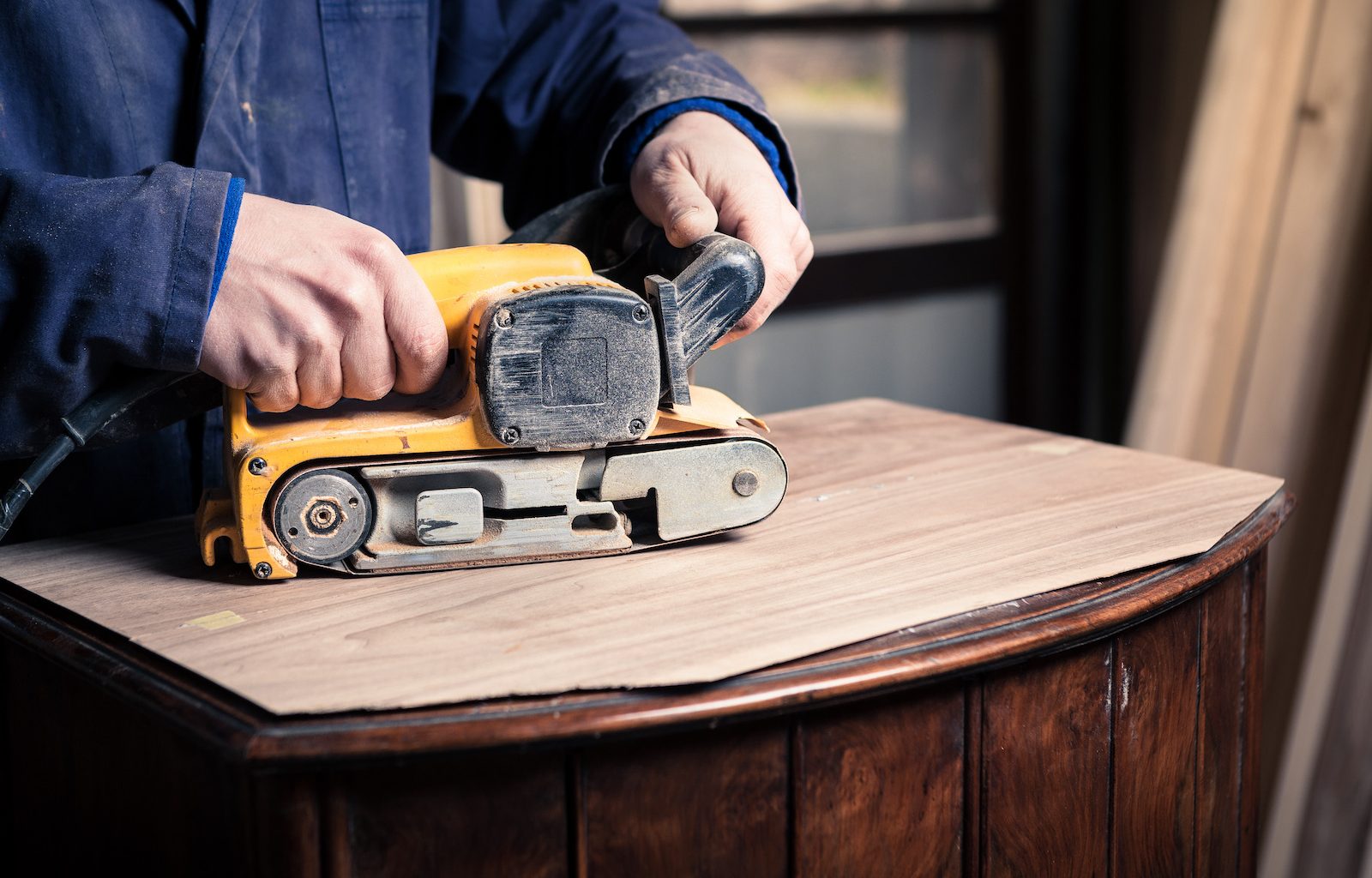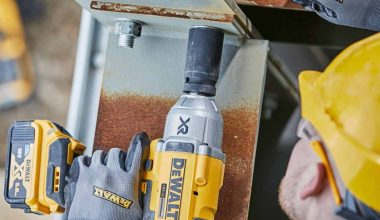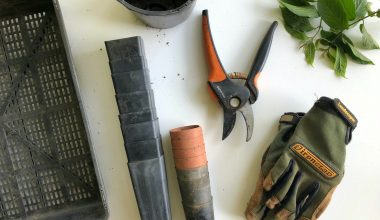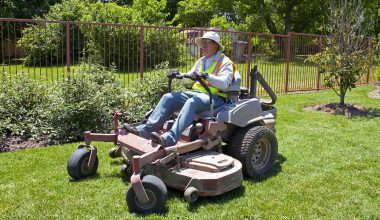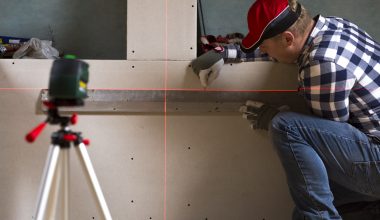A belt sander is an essential tool for any woodworker. When your belt sander goes down, it is very hard to find a replacement that will produce the same results as your belt sander. Luckily there are some things that you can do to repair a belt sander that has stopped working. We will discuss a few common causes behind a belt sander that has stopped working and give you some simple yet effective fixes.
Reasons A Belt Sander Needs Repairing
Several things could go wrong with your belt sander. Each issue will require a bit of a different approach when it comes to repairing. Three of the main reasons that your belt sander has stopped working are worn parts, drive belt issues, and or a power problem. Let’s look at these three issues and give you some ways to get your sander working again.
Worn Belt Sander Parts
Although a belt sander is not the most complicated of tools, some parts will be necessary to keep it working. If you use your belt sander quite a bit, chances are the parts are going to wear down. The most common issues that you will find with belt sanders are the bearings and the pulleys starting to wear down.
When you think that worn parts could be the reason behind your belt sander issues, you are going to have to do a bit of investigating. The first thing we recommend doing is taking several pictures of your sander. You may have to start taking it apart, and when it comes time to put it back together, these pictures will help.
As you take the sander apart, look for worn out parts that you think could be causing the problem. Chances are those parts will have a number on them. You can simply replace them or swap them out with a new one. Like all power tools, belt sanders will have a lifespan.
Drive Belt Issues
If you are wondering if you may have a drive belt problem with your sander, you can quickly figure this out. The drive belt issues will cause your sander to stop spinning, but you can still hear that there is power to the unit.
One most belt sanders, there is going to be a drive belt cover. When you pull this cover-up, you will see the drive belt, and it may show some obvious visible issues. At this point, you are going to need to remove the belt from the sander. If you are not sure how to remove the drive belt, you can refer to your owner’s manual.
Luckily this is a fairly common issue with belt sanders. Having to put a new drive belt in should be relatively easy to accomplish. Your belt should have a part number on it to help you find an exact match. You will likely have an easier time getting the belt into place if you stick with an original part.
Power Problem
Power problems are, unfortunately, quite common in power tools. The bad thing about the power problems is that they often sneak up on you. With other issues with a sander, you may notice deterioration over time. Power problems will be absent one day and there the next.
When you find that you have a power problem, there are a few sources that you should look into. The power cord could be an issue, the switch, or the inner wiring. If the power cord is something that is replaceable, it is a good idea to change that out first.
This will likely be the most inexpensive way to repair a power issue with your belt sander. If the power issue is the switch, you may have to replace the switch. This will take a bit of wiring, and it may not be a job for all DIY’ers.
If the inner wiring on your belt sander has suffered from a problem or short, it will also cause your belt sander to stop working. When the inner wiring is a problem, you will probably need to look into warranty issues. Internal wiring will be challenging to work with, and it may not be worth your time or effort to try and fix the underlying issue. Instead, try and get the power working with the cord issues, and if not, you may have to shop for a belt sander.
Belt Sander Repair Conclusion
Although these are three of the top issues you may encounter when working with a belt sander, they are certainly not the only ones. Belt sanders can have quite a few things go wrong. As a tool owner, the best thing you can do is have a general understanding of how your tools work. If you know how they work, you should be able to do some basic repair and improve the tool’s longevity.
